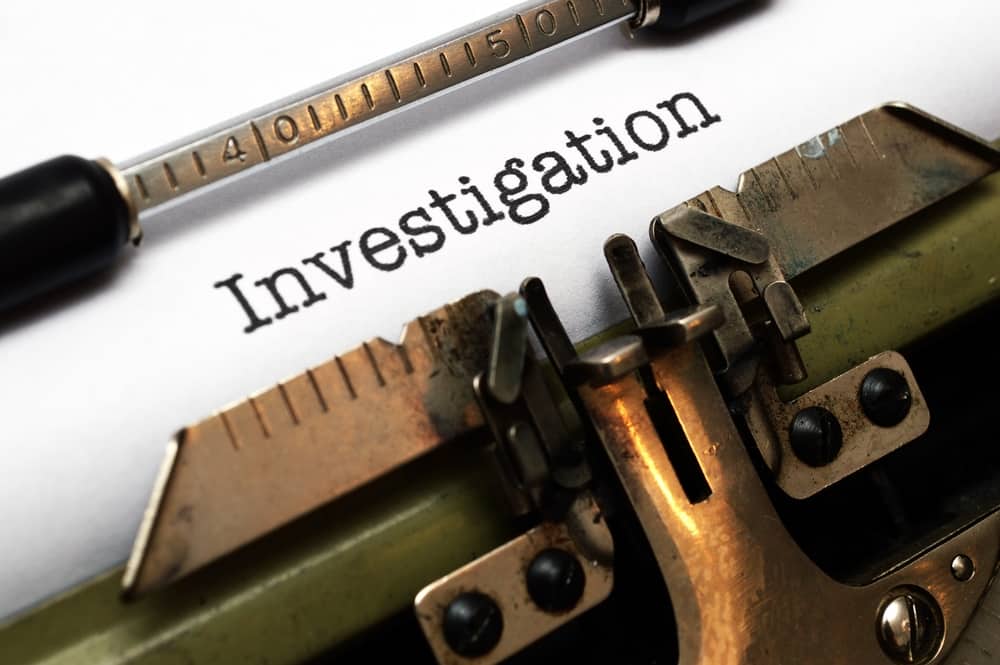The more information you collect at the time of an accident, the easier it is for the claims handler to move quickly on a claim, according to Arthur J. Gallagher Risk Management Services, Inc. podcast about how to control fraud. 1. In-house workplace accident investigations need to document as much as possible. 2. Immediately interview everyone who was at the site of the incident or in the area of the claim using discretion. 3. Do not limit interviews to those who come forward – talk to everyone who could have come into contact with the employee during the shift or have been within earshot of the accident. 4. Tandem interviews may bring out more information. 5. Record all interviews. 6. Take photos of the accident scene. 7. Include a diagram of where the incident occurred – shelving, for example, could be moved between the initial reporting and an actual investigation. 8. Use human resources to look at employee history, past discipline or problems and work history. 9. Establish a point of contact for a claim. There should be ownership of the report because human relationships build successes in fraud prevention. (workersxzcompxzkit) 10. Let the safety people and insurance companies know each other. Encourage site visits before a claim is filed. “FRAUD PREVENTION” PODCAST click here: http://www.workerscompkit.com/gallagher/mp3 By: Private investigator with 25 years experience.
Do not use this information without independent verification. All state laws vary. You should consult with your insurance broker about workers’ comp issues. ©2009 Amaxx Risk Solutions, Inc. All rights reserved under International Copyright Law. If you would like permission to reprint this material, contact Info@WorkersCompKit.com













